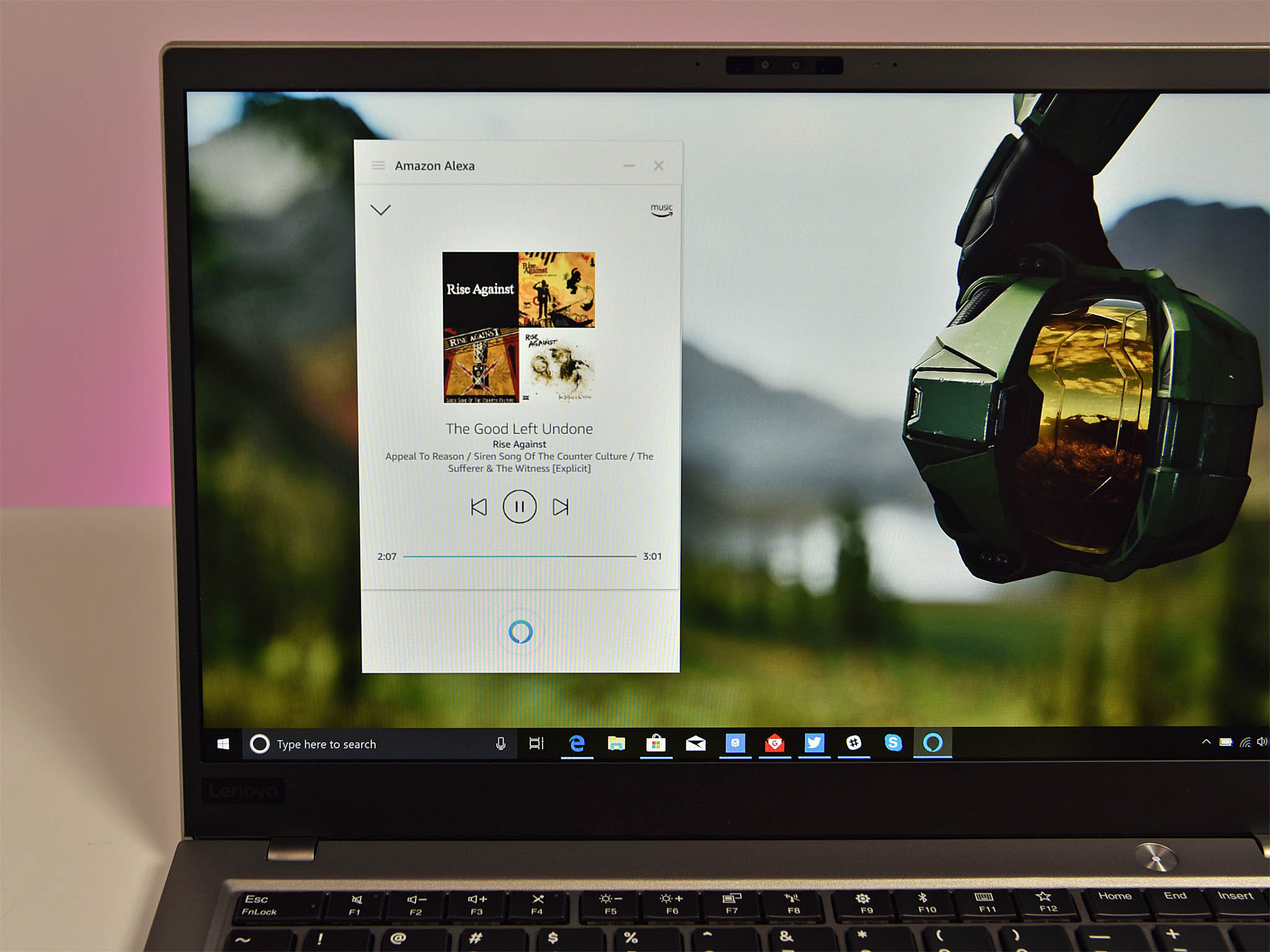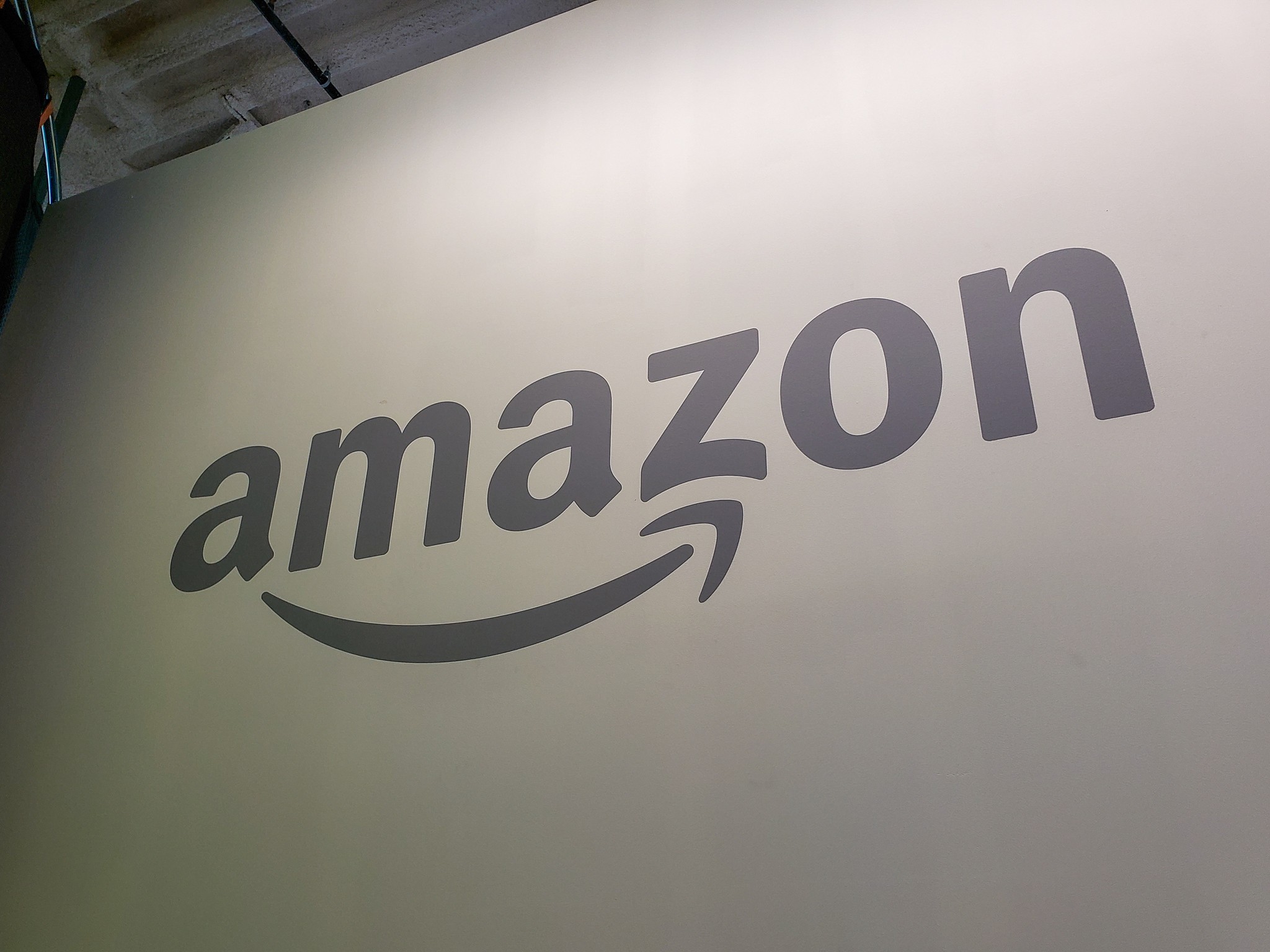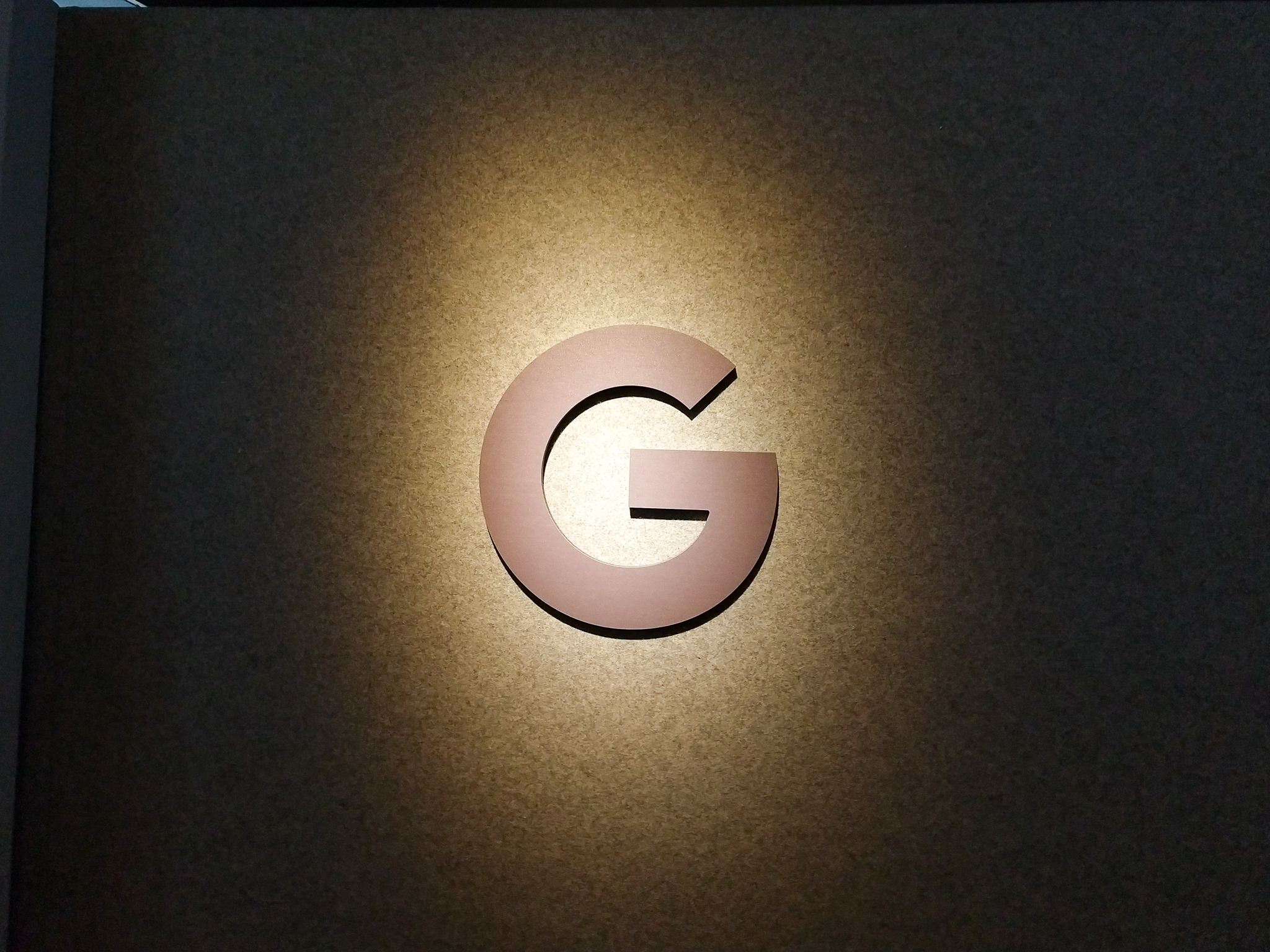
What you need to know
- Amazon's device division is deep in losses amounting to $25 billion between 2017 and 2021.
- Amazon CEO Andy Jassy is seemingly dropping the downstream impact metric implemented by former CEO Jeff Bezos and zeroing in on products with a clear profit-making path.
- Amazon is reportedly set to launch a new subscription service for Alexa and is already working on a refreshed version of the personal assistant with sophisticated capabilities.
Amazon's vision for its Echo smart home devices with the Alexa voice assistant is worlds apart from reality. As you may know, these devices are designed to transform a basic household into a smart home by leveraging Alexa's capabilities to automate lights, thermostats, security cameras, and more.
Like new-age AI chatbots like ChatGPT or Microsoft Copilot, users can leverage Alexa's smarts to ask questions, set reminders, play music, automate routine tasks, and more. While hundreds of millions of customers have Alexa-enabled devices, they are not using them for their intended purpose (via The Wall Street Journal).
Amazon launched the smart devices with the Alexa in 2014. In a perfect world, the company pictured users breaking the bank buying products on Amazon while using the devices. However, this didn't come to fruition as users were more inclined to use the free apps of smart gadgets to set alarms and check the weather.
According to internal documents, Amazon lost over $25 billion in its device business between 2017 and 2021. The losses cut across its Echo devices and other products, including Kindles, Fire TV Sticks, and video doorbells.
In an attempt to reverse the sinking smart device ship, Amazon CEO Andy Jassy will reportedly introduce a paid tier of Alexa sometime this month. However, engineers working on the project aren't confident about the move and don't believe it'll be enough to save Amazon's device business.
Interestingly, Amazon is still "well-positioned" and has established numerous profitable businesses under its devices department. According to an Amazon spokesman, “Hundreds of millions of Amazon devices are used by customers around the world, and to us, there is no greater measure of success.”
How Amazon remains afloat despite the massive losses

While millions of households have smart devices powered by Alexa, Amazon isn't necessarily racking up profits from this business. How does the division continue to run despite the reported losses?
During Jeff Bezos' era as CEO, Amazon picked up an obscure metric dubbed downstream impact. The metric assigns a financial value to a product based on the customer's spending pattern within Amazon's ecosystem after buying the product. This explains how the device division remained afloat despite the huge losses.
For instance, Amazon categorizes revenue from ads featured on Fire TV streaming devices as part of Fire TV's overall revenue. Another example is when customers buy smart-camera doorbells from Ring, they automatically get security subscriptions, too. In such an instance, Amazon thinks of the purchase and subscription as direct revenue. Amazon Music (with a $10 monthly subscription) also helped make Echo devices seem profitable.
Echo smart devices and related products are reportedly sold at or below the manufacturing cost, making the downstream impact metric more important for Amazon's business model. Despite the struggling business, Amazon's device department grew to more than 15,000 staffers across its products.
Profitability and recovery from racing Google to the ground

“When launching products back then, we didn’t have to have a profit timeline for them,” said a former Amazon devices exec. “We had to get the system in people’s homes, and we’d win. Innovate, and then figure out how to make money later.”
Jeff Bezos' reign at Amazon was seemingly more focused on shipping high-tech products to consumers than making profits. This campaign included selling products at low price tags and even giving away some units for free as promotions to drive more sales.
At the time, Google was also venturing into the smart home devices landscape with significantly low-priced alternatives. Google and Amazon were striving to get their devices in every household. “We were constantly checking their pricing." stated a former member of the Echo team. "There would be water cooler talk like ‘what are we trying to [do], race Google to the bottom?’”
When Jassy assumed Bezos' responsibility as Amazon CEO, he did a profitability review of the company and disbanded products in development with no clear path for generating revenue. Jassy reportedly required team leaders to demonstrate the profitability path for various products without utilizing the downstream impact metric.
As a result, many products and services were disbanded in the process, including Halo, Amazon’s fitness wearable, and its video-calling Amazon Glow gadget. Jassy's efforts to help Amazon recover from the massive losses include encouraging the team behind Echo devices to explore more ways to generate revenue from the device and in-built Alexa technology — hence the paid subscription tier for Alexa code-named "Banyan."
Amazon is reportedly working on an Alexa refresh — Remarkable Alexa. The product will feature new technology and more sophisticated capabilities. It will allow consumers to control their smart homes using their voices, rather than the conventional way that requires them to launch the app on their smartphones.
Interestingly, part of the development team isn't convinced that the new Alexa will be "a compelling enough product" worth paying for alongside the long list of service subscription fees users pay monthly, including Netflix, Copilot Pro, and more.






